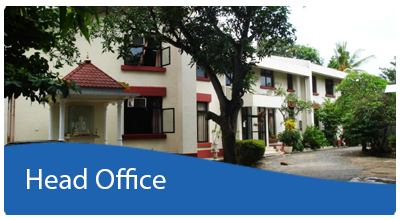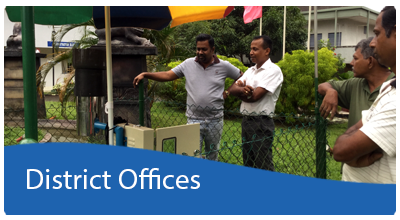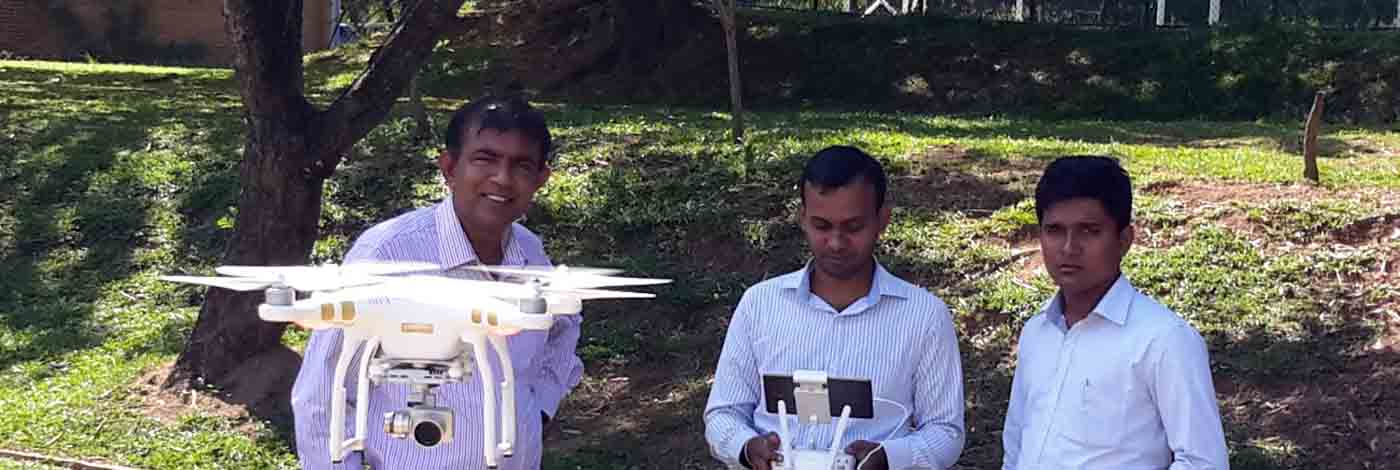
 Building performance of sandwich panels made out of building debris & stabilized earth
Building performance of sandwich panels made out of building debris & stabilized earth
In order to prevent over exploitation if conventional building materials it is necessary to introduce alternative materials and reuse of waste building materials. In view, Building Demolition Waster (BDW) and Stabilized Rammed Earth (SRE) were used to construct composite walls that were tested for strength and suitability for construction. Satisfactory results have been obtained in the trials. Research has been continued in collaboration with University of Moratuwa. In one of the parallel studies, structural performance of composite walls made out of recycled construction waste and stabilized rammed earth was tested in the University of Moratuwa. In the other parallel study, design of an optimum mix for light weight compound sandwich panel fabricated using two fiber-cement boards with in-filled foam concrete containing cement, sand, expanded polystyrene and fly ash and attempt was made for identifying the optimum mix with having fly ash replacing the content of cement used and expanded polystyrene replacing the content of sand used.
Review of landslide resettlement planning process
Each year resettlement of families in safe lands becomes necessary because of the imminent landslide threat on their settlements. Recent occurrence of landslides and slope failures aggravated this situation. A study was conducted to review the existing landslide resettlement planning process and it was noted that, in spite of this recurring need for resettlement, the planning process is often incomplete. In a parallel study, resettlement process for resettling victims of Meeriyabedda landslide was researched.
Secondary consolidation characteristics of peaty clay in Sri Lanka
A study was conducted on the effect of preloading on secondary consolidation of peat clay considering the secondary consolidation that takes place during the service in the construction of high road embankments in lands underlain by thick layers of soft peat clay. This study will be continued in 2016.
 Establishing threshold rainfall intensities for slopes in Sri Lanka
Establishing threshold rainfall intensities for slopes in Sri Lanka
Threshold rainfall intensity that can trigger a rain induced landslide can differ from one location to another. Then, developing location specific criteria for predicting landslide triggering probability becomes important and this research work attempted to establish such criteria for slopes in Sri Lanka. Tests using pressure plate apparatus to check the soil water characteristics were conducted in this research. Shear strength parameters of residual soil at different saturation levels can be determined by this test. Welipanna landslide was selected as the location for the research.
 Green wall technique for covering surface of engineered slope at Diyathalawa using bioengineering methodologies
Green wall technique for covering surface of engineered slope at Diyathalawa using bioengineering methodologies
Diyathalawa town situated in the hill country is a much sought destination of foreign and local tourists. Retaining structures have concrete and masonry surfaces that are aesthetically repulsive, as in the case of the reconstructed failed slope at the central area of this township. This study researched and recommended covering of such surfaces with a selected green vegetation which is more appealing to the eye.
 Ready mix plastering mortar pack incorporating quarry dust
Ready mix plastering mortar pack incorporating quarry dust
This study investigates the possibility of making a ready mix plastering mortar pack using quarry dust and crushed rock sand in place of river sand which is short in supply. Quarry dust is the fines in a metal quarry producing mainly coarse and fine aggregate and presently considered as a waste product requiring disposal. Suitable mix proportions were developed to meet the compliance with general purpose plastering mortar and research study will continue in 2016.

































